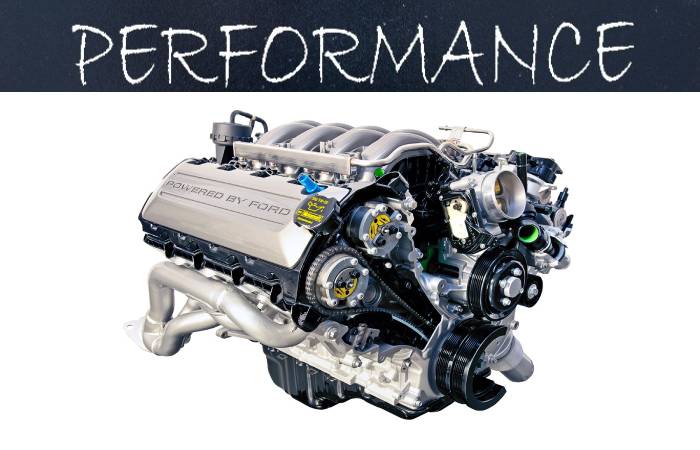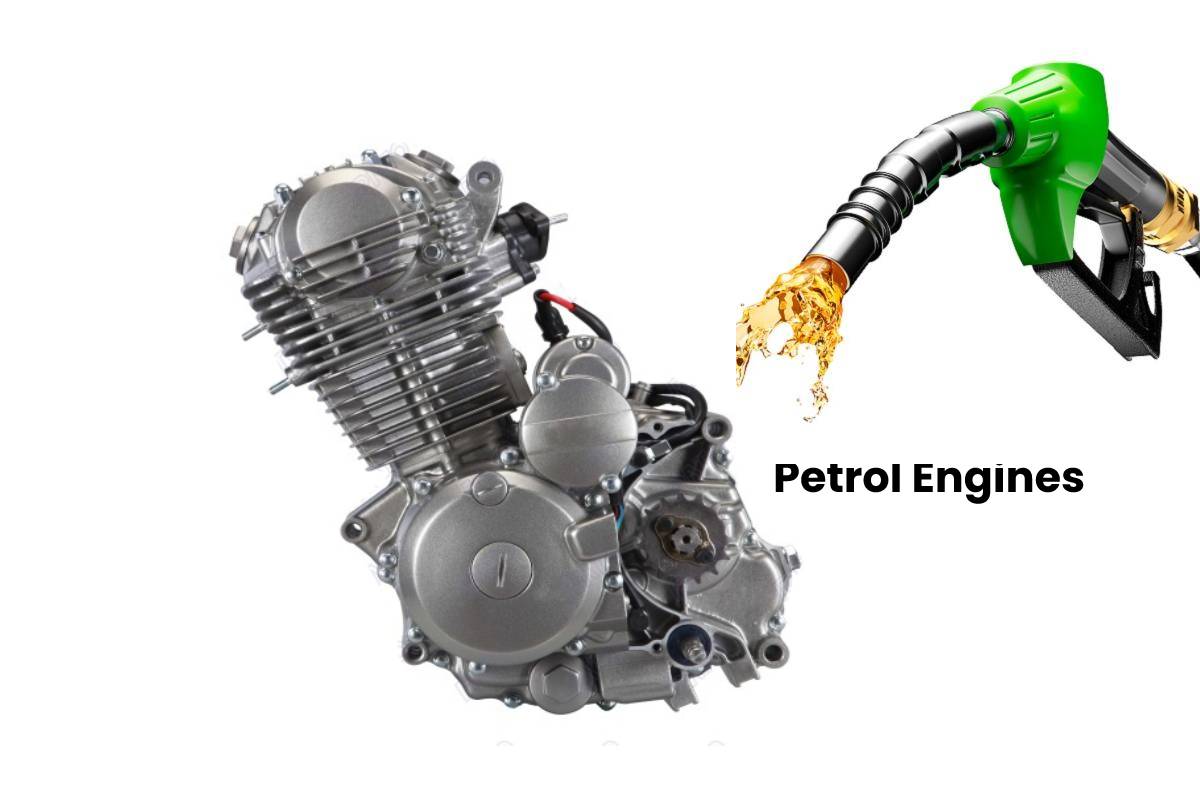Table of Contents
Petrol Engines Definition
Petrol engines are internal combustion engines that have spark ignition. They run on relatively volatile fuels such as petrol. In these engines, air and fuel are generally mixed post-compression.
Petrol engines work on the Otto cycle, which consists of two isochoric processes and two isentropic functions.
In petrol engines, air and petrol are usually mixed in a carburettor before being introduced to the cylinder. Once the air and petrol are compressed, the fuel is ignited via an electric spark.
How does Petrol Engines Work?
Petrol engines, as we have indicated, work in four-stroke cycles, which, roughly, we could explain that take place as follows:
1. Intake
- In the first place, the intake valve is opened by sucking the air-fuel mixture into the cylinders.
2. Compression
- Shortly before the bottom dead centre, the valve closes, and the piston rises, thus compressing the mixture. The compression ratio will oscillate between 8: 1 and 11: 1 depending on the type of engine and the performance we intend to obtain without exceeding these figures to avoid unwanted detonations.
3. Explosion
- Shortly before the top dead centre, the spark plug will jump above fourteen thousand volts from the high voltage circuit, causing the piston’s explosion and lowering.
4. Exhaust
- In turn, the exhaust valve opens, and the piston rises again, pushing the burned gases to expel through the exhaust system and starting the complete cycle again.
Performance of Petrol Engines

- We can consider that, in general, petrol engines have a better performance thanks to the fact that their combustion generates a greater energy power, always determined by the octane number of the fuel used, especially if we take into account criteria such as speed or acceleration capacity.
- Although some see a better performance in diesel engines paying attention to other factors such as the compression ratio, since these allow optimizing the filling of air in the combustion chamber so that it is more usable utilizing higher compression ratios; around 18: 1, allowing the same job to does with less fuel.
- Comparatively, we can also say that gasoline engines are lighter, which allows them to rev more easily, so in general, we can determine that petrol engines work better at high resolutions.
- Over the years that I have been working in the sector, it is not frequent to find requests for engine mounts or silent blocks for gasoline vehicles.
- This is because its system generates fewer vibrations and noise in the engine block.
- Most vehicles’ gasoline versions tend to have a lower cost regarding market prices, and their repairs and parts are considerably cheaper.
- On the other hand, consumption is higher, and the price of fuel is more elevated.
- In the long run, a gasoline engine suffers more wear as it works at higher revs even while travelling at the same speed.
- The power generates by a short explosion, whereas the force’s distribution is more linear in a diesel engine.
- These are the characteristics that make up a gasoline engine. If you want to know more differences with diesel engines, we recommend that you continue browsing our mechanics section.
Will Petrol Engines Disappear?
- Not only petrol engines, but diesel engines will disappear within 20 years.
- We are experiencing a transition period comparable to the industrial revolutions of past centuries, which will conclude “in no less than 20 years” with the combustion engine’s disappearance. And its replacement by electric ones.
- In Europe, only 1.4% of the market is for electric vehicles and 5% for alternative fuels. According to data from the ANFAC (Spanish Association of Automobile and Truck Manufacturers), in Spain, registrations of electric. And hybrid vehicles rose 42% in May.
- And also, in the first five months of the year, 34,269 units sold than more than 500,000 combustion engine cars sold in the same period.
What Happens if you Put Diesel in a Petrol Engines?
- According to RACE, each year, 72,700 drivers get confused at the gas station.
- If we refuel diesel in a gasoline car, pipes and injectors will be affected. The usual thing is that with more than a quarter of a tank with the wrong fuel. The gasoline car can start but stop immediately.
- The diesel will then have travelled through various parts of the system that will have to be emptied and cleaned: tank and injectors.
- If we refuel gasoline instead of diesel, the filter or the diesel engine’s injection pump could affect one of the least desired. And most avoidable breakdowns for users.
- In this case, specialized technicians must check the pump for possible damage before emptying the tank. Do not try to open the tank as you could damage the fuel system’s hoses, filters, or components.
- If you have detected the problem in the pump itself, do not move the car. Or activate the ignition to prevent the wrong fuel from entering the circuit and the pump.
Types of Petrol Engines
Petrol engines can be of two types: two or four times. The first and oldest (1 crankshaft turn) currently use in 50cm3 field bikes or mopeds—the change of gases direct by the piston, not as in the 4-stroke by valves.
The seconds (2 turns of the crankshaft) mount all the gasoline engines of the current cars.
The four-stroke gasoline engine needs four strokes of the piston (intake, compression, combustion or explosion and exhaust) to complete the cycle of combustion:
Intake: the piston is up, the fuel reaches the cylinder through the pistons, and the gasoline mixes with the air.
Compression: the piston goes down and goes up again, compressing the mixture of gasoline and air, raising the block’s internal temperature.
Combustion / Explosion: the piston goes down again after the explosion of the gasoline-oxygen mixture. The force generated is the motor torque.
Exhaust: the valves and the exhaust manifold release the explosion produced in the previous phase.
The piston’s movement (in four strokes) transform into action by the crankshaft to which the connecting rod attached.


